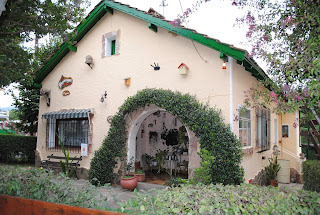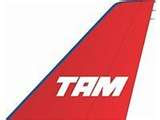Villa General Belgrano, Cordoba
 |
| Villa General Belgrano |
Reputedly the third largest celebrations of Oktoberfest outside of Germany can be found in the small central Argentine town of Villa General Belgrano of the province of Cordoba.
This small mountain hamlet of approximately six thousand residents is named after Manuel Belgrano, the creator of the National flag, and is perched on a hillside of the Sierras of Córdoba. Founded in 1930, by two German land speculators, the Alpine quality of the village attracted immigrants from Germany, Switzerland, Italy, and Austria.
 |
| Local Beer Gardens |
Newcomers to the village, along with the original settlers, landscaped the mountain ranges with red-roofed, wood-frame homes, microbreweries, pastry and chocolate shops imparting that unique Bavarian style which distinguishes it today. Now pedestrians enjoy the magical Bavarian atmosphere as they stroll around the scenic townsite.
 |
| Bavarian Architecture |
The village economy flourishes on a year round steady flow of tourists (peaking in October) with an appetite for German delicacies like apple strudel, leberwurst and spätzle plus of course local brewed beer.
Newsstands sell the German language weekly Argentinisches Tageblatt among other German newspapers, and some of the churches offer Sunday services in German and Spanish. Like many isolated immigrant communities, Villa General Belgrano has respected traditions that fell out of favor in Germany long ago, however even though the mother tongue can still be heard, it is being lost with the passage of time.
 |
| Entrance To Festival Grounds |
For more than fifty years Argentina's National Beer Festival has been held in the district of Villa General Belgrano, thus commemorating the German celebration of Oktoberfest. This event is celebrated during eleven intense days in the Beer Park---a central venue especially designed for the occasion. The attendants drink several liters of beer, which are served in giant German mugs. The main beer brands, both national and international, take part in this traditional festival, in which their premium, regular and special products are promoted at various stands. At certain times, the celebration moves into the center of the city, where there is a parade of the communities that have contributed to the formation of the present European identity of Villa General Belgrano. Thus, delegations from Germany, Denmark, Scotland, Spain, the Canary Islands, Yugoslavia, Sweden, Portugal, Brazil, Greece, Italy, Armenia and Ukraine show off their traditional costumes, expanding the cultural spectrum of the festival.
In the afternoons, the simultaneous
opening of the beer barrels is carried out. People gather with their
mugs held out trying to get some of the free spurts of beer.
According to tradition, drinking the beer from those barrels is
supposed to bring people good luck.
 |
| Opening of the Kegs |
The pagan ritual which became known as Oktoberfest originated in Munich, Germany, five centuries ago, in which worshipers believe in the sparkling goddess that enters the body like an icy stream as she takes hold of the spirit. Argentina welcomes the continuance of this long standing German tradition upheld in the natural beauty of the Sierras de Cordoba.
Find some lederhosen and head to Villa
General Belgrano in October for a traditional beer festival and fun
times in a European atmosphere.








.jpg)
.jpg)
.jpg)
.jpg)
.jpg)












